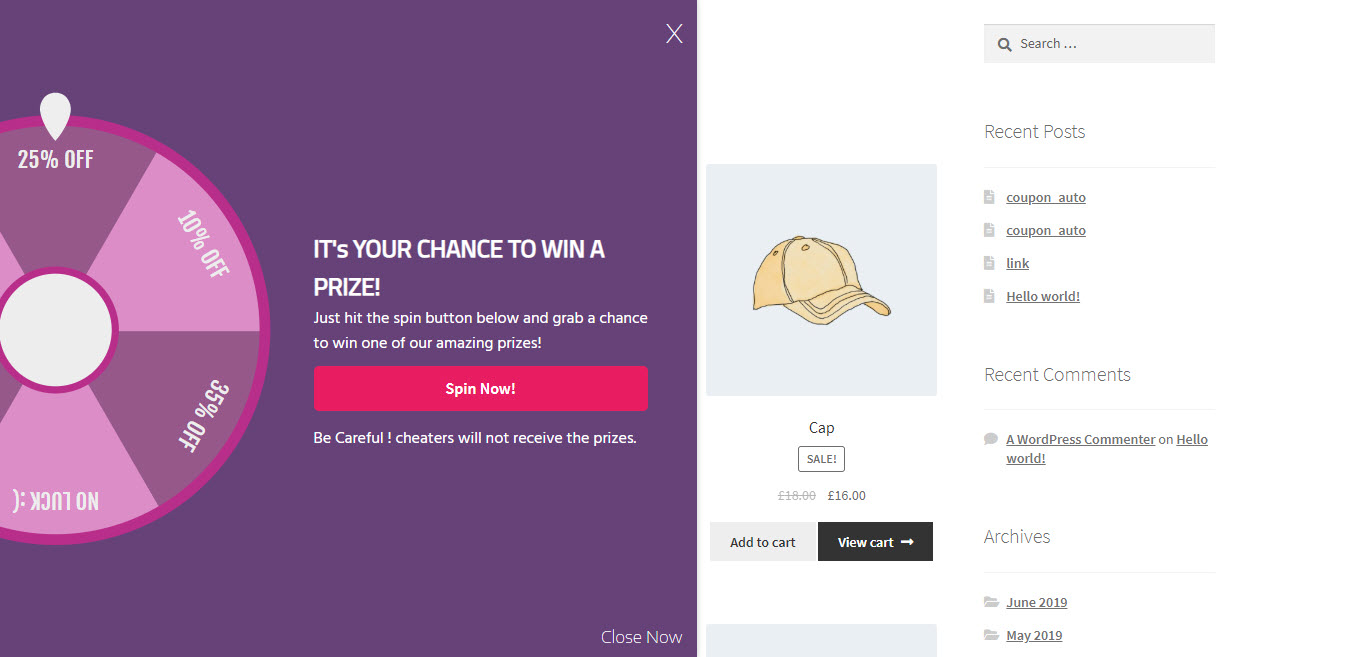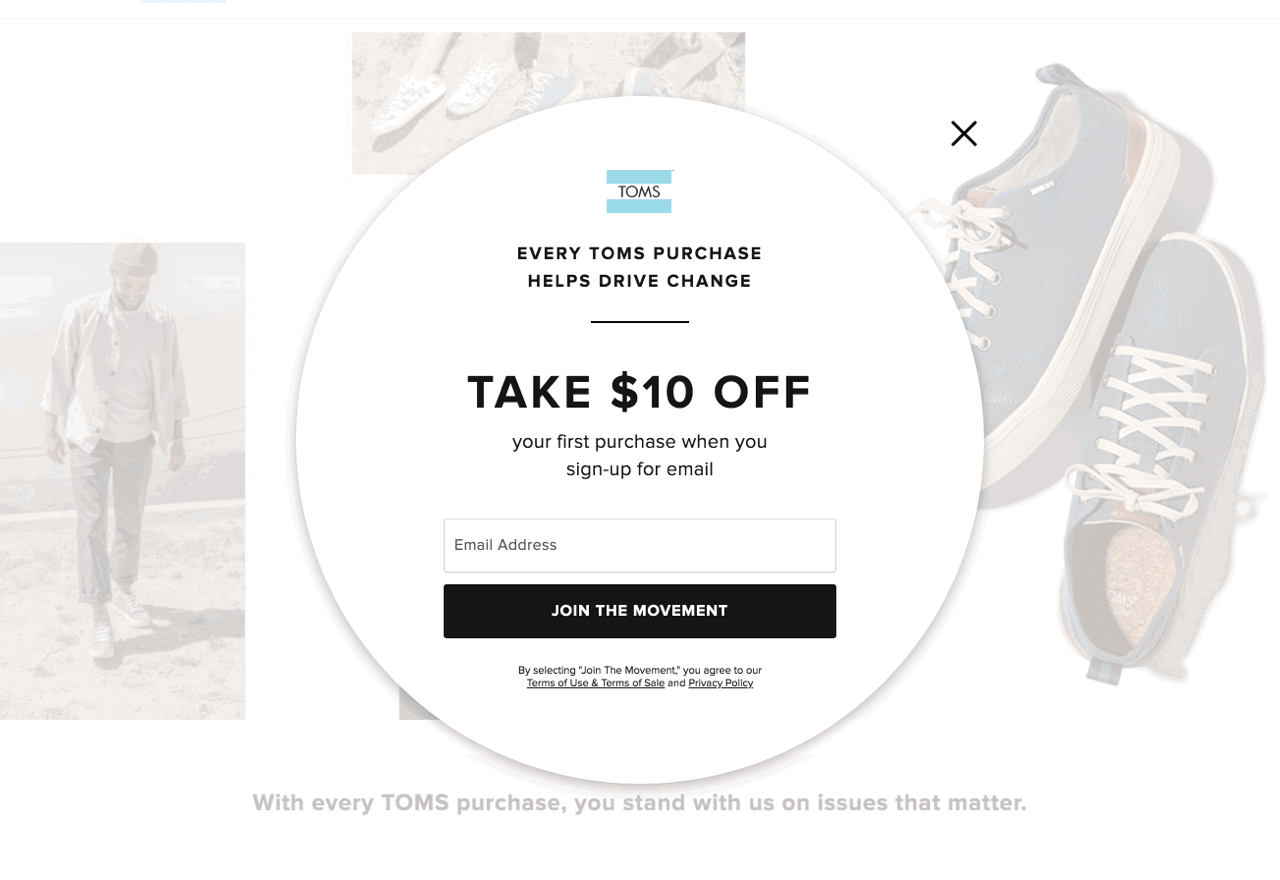You've got three twigs, a roll of duct tape, and a handful of pushpins. Now, build your email list. C'mon, you were in the Scouts. You've got five minutes.

Now, building an email list from scratch doesn't have to resemble a Taskmaster episode. Instead, it can be a pretty simple affair, paying off in dividends.
I'm sure you've heard the stat "it costs five times more to attract a new customer, than to keep an existing one" more times than you've had hot dinners. And it might be cliché, but it's true. Email marketing not only helps you to build a relationship with your customers, but provides a way to nurture leads and convert them into customers.
So, a quick definition. An email list is just that; a list of emails. Though they might sound boring - basic, even - they provide a way to see and contact anyone who has subscribed to your newsletter, blog, or website. Basically, it's a nice, compact way of gathering all the people who are interested in hearing from you.
This means that if your subscribers are active and engaged, you can gain a big chunk of revenue from your email list. But, on the other hand, if your contacts are cold, dead and irrelevant, it'll be useless.
So, the main goal of an email list is to increase the number of potential leads that you can convert into loyal customers as time goes on. In fact, according to HubSpot 59% of consumers state marketing emails either positively or negatively influence their purchasing decisions.
Having a relevant and responsive email list can waste the opportunity email marketing can provide. For every $1 spent on email marketing, the average expected return is $42, according to DMA Marketer Email Tracker. That's a big chunk of change that can be lost, if you don't start with good foundations.
So, in order to do this right, you might want to try out some of these techniques.
Give people incentives to sign up.
The first step is to get clients to give you their email address. Easier said than done, though.
You'll need to be able to entice people to sign up, so in return you need to give them an incentive to do so. They won't be giving up their personal information for nothing.
One of the ways to do this is to create something called a 'lead magnet', to motivate action. These can include:
- A free eBook
- A template or worksheet
- A free course
- A coupon
- Registration for a webinar
- A blog post summary
- A case study
This has to fit your client's desires and needs, so use the lead magnet that will work best. Most likely, it'll be a combination of a few ideas. You'll be able to give content upgrades and bonuses as your marketing strategy evolves.
Create pop-ups for your website
"Oh no," I hear you say. "Not pop-ups. I want clients to like me, not resent me". Okay, hear me out.
If they're done well, well-crafted with clear purpose, pop-ups can be an easy way to get people to hand over their emails. You have to keep user experience in mind while creating them; this will lead to your pop-ups being well-timed, relevant, and more importantly, not annoying.
In fact, pop-ups have been shown to have a conversion rate of 3.9%, with the top ones reaching 9.8%. Which is pretty damn good for a supposedly universally hated feature.
There's a few different ways you can use pop-ups, including "surprise" pop up boxes that appear when users have spent time on the page, or interacted with an element. This can give them a discount code, or a free download, in exchange for their email.
Though, with pop-ups, there's a few steps that you need to take to keep everything above board. Google's interstitial ad guidelines can keep you on the straight and narrow. These being:
- Don't show a pop-up that covers the main content, straight after a user hits the page or while they are scrolling.
- Don't display a standalone interstitial that the user has to close, before accessing content
- Don't use a page layout where the 'above-the-fold' section of the page appears similar to a standalone interstitial, but the original content has been inlined underneath the fold.
Correct usage includes:
- Interstitials that need to appear due to a legal obligation. This could be cookie usage or age verification.
- Log-in requirements on sites, for example paywall content.
- Banners that use a reasonable amount of screen space, and can be easily dismissed.
One of the most popular pop-ups is the welcome pop-up. Welcome pop-ups are used to greet visitors within the first 15 seconds of them clicking through.
These require a really strong call-to-action, so it doesn't immediately get dismissed. You should also keep them as simple as possible. Pop-ups with complicated forms that have multiple fields are less likely to be effective.
Introduce gamification
This isn't about putting a bunch of emails in a claw machine, and accidentally putting in £40 quid to get one out.
Instead, gamification is all about adding in interactive elements to encourage engagement with your sign-up tool. You might've seen some on your favourite retail site; quizzes, tests, scratch cards, and wheels of fortune are popular choices.

Gamification is a way for clients to access exclusive prizes, such as discounts or freebies, but in return they must trade in their email address.
This technique finds its basis in consumer psychology. Customers tend to be motivated by prizes they see as easily attainable - spin the wheel, scratch the card, win an additional 15% off on a purchase you were tempted by anyway. Customers feel as if they're getting something for nothing, and will quickly sign up.
You might also use Gamification on your social channels. By introducing contests, giveaways, and sweepstakes, in order to build your list. Brands also sometimes participate in joint-promos, to create a higher value prize and enlist more subscribers to their database.
Gamification works. 33% of contest participants are open to receiving further marketing communication about the brand and partners.
Use humour in CTA refusal copy
The "no thanks" button is your last chance saloon before your prospect clicks away.
Instead of just defaulting to a "yes" or "no", try injecting some brand personality into the CTA copy. This'll give you a chance to change their mind, and helps to show your brand identity. It can also distract from the sale-sy copy!

However, it's a bit of a balancing act. A viewer might see a particularly sarcastic CTA as a guilt trip, and even a challenge, and click away to find other brands.
Make sure your CTAs remain polite, enticing, and focused on what you're going to offer, and use gentle humour for the "no".
Don't buy a mailing list
You might think speed is a priority here. And price. But free and fast is no way to go. It may be convenient to buy an email list, but it won't be nearly as impactful as building your own. Think a burger bun chucked out behind a McDonald's vs a loaf of home-made Bloomer.
Plus, there are many shady sources who will sell you lists with hundreds of thousands of poor quality contacts, who might be unresponsive or even annoyed at your emails.
Plus, buying an email list can also mean:
- There's a chance your competitors are buying the same email list
- You'll be sent a bunch of spam trap emails, meaning that when you send content to these contacts, your sender's address and IP address will be blacklisted as spam
- Contacts, who don't wish to be contacted, might mark you as spam. With enough complaints, the email service provider will terminate your account.
- A GDPR violation. The emails on your mailing list haven't opted in, so you risk fines and penalties.

